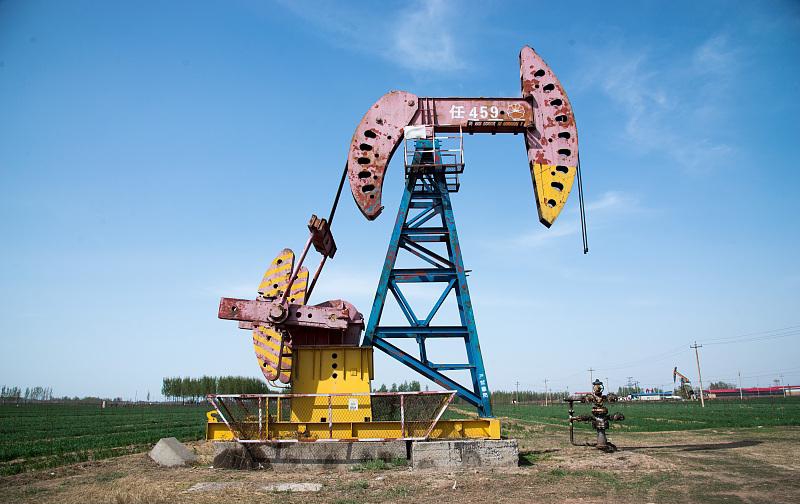Article Archive
Article Archive
- Introduction of Cement Slurry System (Part 1)
- Introduction of Cement Slurry System (Part 2)
- Introduction of Cement Slurry System (Part 3)
- Introduction of Cement Slurry System (Part 4)
- High Temperature and High Pressure Cementing Technology
- Low Density Cementing Slurry Technology
- Anti Gas Channeling Cementing Technology
- Drag Reducing Agents (DRA) or Drag Reducers (DR)
- Nitrogen Surfactant Compound Huff and Puff Technology
- Oil Washing Technology for Increasing Production
3. Evaluation parameters and methods of toughened cement
At present, there is no systematic, complete and standard method to evaluate the deformation of oil well cement stone at home and abroad. Generally, the evaluation method of construction industry is used for reference, and now it is in the stage of exploration and research. There are mainly the following methods:
3.1 flexural strength of cement paste
The fracture load of the cement stone specimen under the continuous and uniform loading of the bending machine is measured, and the bending strength is calculated. Flexural strength can be used to characterize the ability of cement sheath to bear external shear force, and to some extent, it can be used to characterize the bending resistance of oil well cement.
3.2 toughness of cement paste
Concept:
Refer to metal impact test.
The purpose is to determine the impact resistance of materials under dynamic load. The greater the impact load or the greater the impact energy consumed per unit cross section at the notch, the better the impact toughness is.
Test method:
Impact toughness refers to the energy (or fracture work) consumed by cement specimen after impact fracture, which can indicate the ability of cement sheath to withstand impact failure. The pendulum method is generally used to measure the impact toughness in laboratory experiments. Place the specimen on the bracket of the impact machine, L / 2 is the impact surface, and the pendulum forms an angle of 135 ° with the vertical line passing through the specimen. The hammer body falls along the circular arc to impact the specimen, and the energy (fracture work) consumed after impact fracture of the specimen is recorded.
Impact toughness = w / a (J / cm2)
W -- fracture work;
A -- fracture area of specimen
3.3 modulus of elasticity under static compression
The elastic modulus of cement specimen is the secant modulus of loading when the stress is 40% of the axial compressive strength. The elastic modulus represents the deformation of the material within the elastic limit.
Therefore, the elastic modulus can not be used as an evaluation index of the plasticity of oil well cement paste, but it can reflect the elastic deformation of oil well cement paste under low stress and the influence of external force on the interface cementation of close cement sheath.
3.4 cyclic load
Because the stress-strain experiment is a classical and authoritative method to evaluate the mechanical deformation ability of cement paste.
Stress strain relationship of uniaxial constant speed loading stress cycle (loading and unloading).
Stress strain relationship during triaxial constant speed loading stress cycle (loading and unloading)
The key is the loading speed (KN / min), the loading value (percentage of strength) and the number of stress cycles.
3.5 simulated perforation
The cement sheath or specimen is maintained under downhole temperature and pressure, and the plastic property of oil well cement paste is evaluated by using simulated live shot perforation or laboratory nail gun perforation to observe whether the cement sheath perforation is neat, whether there is fragmentation and crack, and the length and width of crack.
The plastic size of cement stone can be qualitatively and intuitively analyzed by live shot perforation or nail gun perforation test.




